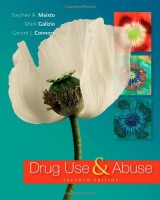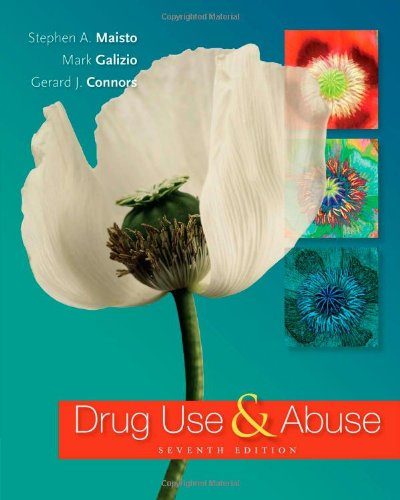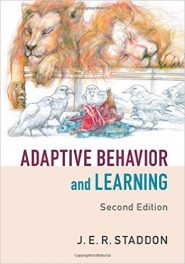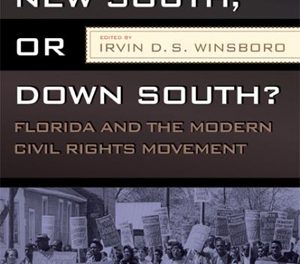 Editors: Stephen A. Maisto, Mark Galizio, and Gerard J. Connors
Editors: Stephen A. Maisto, Mark Galizio, and Gerard J. Connors
Publisher: Cengage Learning
Book Review by: Paiso Jamakar
Drug use became widespread in the 1970s, especially among younger people and the mass media focused a lot of attention on this phenomenon.
Books on this subject have been published since then, and continued in the decades since then. The authors write that “awareness, interest, and concern about drug use have not abated since that time, nor has the need for a general undergraduate text to educate college students on the biological, psychological and social factors that influence drug use and its effects.”
The basic thesis of this book is that a drug’s effects are determined by two main groups of factors: the chemical structure and interaction in the body; and the drug users’ biological and psychological characteristics and the setting in which they use the drug. Several types of drugs are discussed, as shown below in the list of its 16 chapters:
- Drug Use and Abuse
- Drug Use: Yesterday and Today
- Drug Use and the Nervous System
- Pharmacology
- Psychopharmacology and New Drug Development
- Cocaine, Amphetamines, and Related Stimulants
- Nicotine
- Caffeine
- Alcohol
- Opiates
- Marijuana
- Hallucinogens
- Psychotherapeutic Medications
- Other Prescription and Over-the-Counter Drugs
- Treatment of Substance Use Disorders
- Prevention of Substance Abuse
The ways the content is outlined, organized, and presented in the chapters enable the reader to constantly think of issues that may or may have not crossed his mind and discover the answers. An outline of the topics covered is provided in the front cover of each chapter. This enables you the student or reader get a glimpse. For example, chapter 1 entitled Drug Use and Abuse contains this outline:
- Pharmacology and Drugs
- Alcohol and Drug Use in the United States
- Defining Harmful Drug Use
- Overview of the Text
- Evaluating Websites
- Summary
At the beginning of each chapter is a set of questions in a section entitled What Do You Think? True or False? This is followed by a discussion of the topics noted above. On the margins of the pages are definitions of key words as well as interesting quotes from people. A feature called Contemporary Issue Box is presented throughout the various chapters. Tables present data.
A Summary at the end lists the key points of focus covered in the chapter. This is followed by Answers to questions in the What Do You Think? section at the beginning of the chapter. Several other brief sections are presented at the end of each chapter that enables you bring to mind what you had read. These are: Key Terms, Essays/Thought Questions, Suggested Readings, and Web Resources.
This is a great book by three highly qualified professors, researchers, and writers on the subject of drugs, particularly those that have detrimental effects on the human brain.
Authors:
Stephen A. Maisto received a PhD in experimental psychology from the University of Wisconsin – Milwaukee and completed a postdoctoral respecialization in clinical psychology from George Peabody College of Vanderbilt University. He is a professor of psychology at Syracuse University. He has been engaged in research, teaching, clinical practice, and clinical training in the assessment and treatment of substance abuse for over 30 years.
Dr. Maisto has published over 225 articles, 30 book chapters and several books on substance abuse and substance abuse disorders. His current research is supported by the National Institute on Alcohol Abuse and Alcoholism, and the Department of Veterans Affairs.
Mark Galizio received his PhD in experimental psychology in 1976 from the University of Wisconsin – Milwaukee, where he served as a research assistant at the Midwest Institute for Addiction. He is professor psychology at the University of North Carolina Wilmington, where he has taught and conducted research for 30 years.
He has published extensively in the areas of behavioral pharmacology and behavior analysis and has served as associate editor of the Journal of Experimental Analysis of Behavior. His research has been supported by grants from the National Institute on Addiction, the National Institute on Neurological Disorders and Stroke, and the National Science Foundation.
Gerard J. Connors is a senior research scientist at the Research Institute on Addictions at the University of Buffalo. He earned his doctoral degree in clinical psychology from Vanderbilt University in 1980. Dr Connors’s research interests include substance use and abuse, relapse prevention, self-help group involvement, early interventions with heavy drinkers, and treatment evaluation.
He is a fellow of the American Psychological Association (Divisions of Clinical Psychology and Addictions). Dr. Connors has authored or coauthored numerous scientific articles, books, and book chapters. His current research activities are funded by grants from the National Institute on Alcohol Abuse and Alcoholism.







